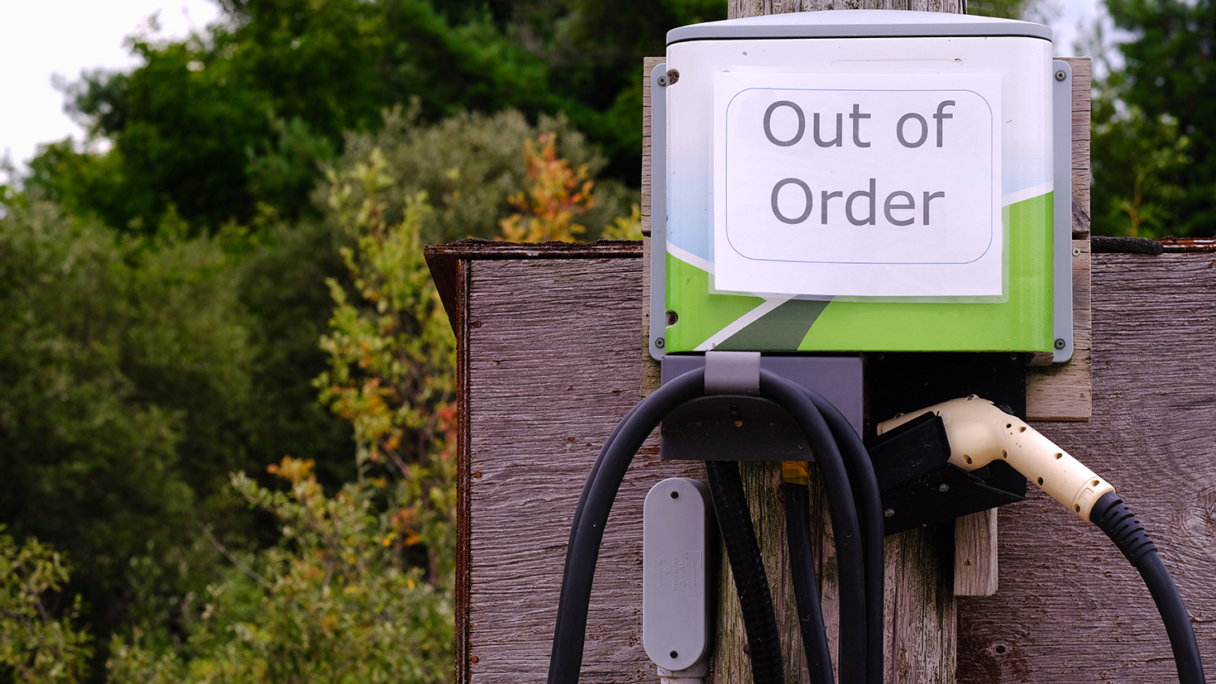How United Nations’ Principles for Resilient Infrastructure help increase standards of emerging sustainable infrastructure.
Over the last decade, nations around the world have embarked on a journey to reduce emissions to net zero. The first step of that journey has already been taken – creating the technology to enable a renewable energy industry to flourish and importantly, making renewables an established bankable asset class that allows for continued investment.
But there is still quite a lot left to do.
This decade, a new wave of sustainable infrastructure technologies is aiming to follow suit – energy storage, Electric Vehicle (EV) charging, low-carbon construction materials, recycling and e-fuels.
We have worked out how to keep ourselves honest about the positive impact of these emerging technologies (EU green taxonomy), how to be a responsible company (BCorp) and a way of assessing climate-related financial risks (TCFD).
What’s missing is standards, integration and awareness of the resilience of that infrastructure – building new infrastructure which does not work, clearly makes little sense!
Currently, the most visible evidence of that challenge is EV charging infrastructure.
It’s a bit of a chicken-and-egg situation. The UK government announced a 2030 ban on the sale of new petrol and diesel passenger vehicles. The only way we have a fighting chance of adhering to this ban is the full adoption of EVs. The trouble is that we are behind on EV charging infrastructure deployment, and the reliability of existing infrastructure is far from the desired 99% availability (meaning out of action for no more than around four days a year). This discourages consumers from considering a new EV and slows down EV adoption.
In my view, solving it is on us – private investors. We need to deploy capital and intensify investment into companies that can roll out EV infrastructure more quickly and build it to higher resilience standards. This will make EV ownership much more convenient and accessible, and translate to quicker EV adoption. That, in turn, will translate to higher utilisation of the EV charging sites – increasing the value of this type of infrastructure. A beautiful green virtuous circle!
To help with that, at Octopus, we have adopted a Resilience Assessment based on the United Nation’s Principles for Resilient Infrastructure into our investment process. The Principles were launched by the United Nations Office for Disaster Risk Reduction (UNDRR) in 2022. We combined this with our experience managing other infrastructure asset classes (such as renewable energy and fibre) that have just undergone a similar maturity journey.
The Principles are part of our Responsible Investment process and are designed to encourage emerging infrastructure companies to improve their resilience standards. It requires the companies to define stakeholders reliant on their service (typically direct customers), understand how outages affect them, identify key failure factors, and design the infrastructure to withstand them.
This is particularly important as a major target of the Sendai Framework for Disaster Risk Reduction from 2015-2030 is reducing damage to infrastructure and disruption of basic services caused by disasters.
The Principles also require companies to increase their understanding of their assets through monitoring and encourage them to learn from more mature sectors, adopt their standards, and share knowledge with their peers.
We believe a key success factor is achieving ‘net resilience gains’* for this next wave of sustainable infrastructure – looking to continue increasing their availability and capacity to deal with a wide range of potential disruptions. What is even better to see, are business models where financial objectives are aligned with resilience gains, such as where revenue is linked to the availability of infrastructure. This way, we, alongside other private investors, can take these emerging industries on a journey of continuous improvement, ultimately resulting in reaching net zero more quickly and in a more resilient manner.
*Net Resilience Gain is a long-term collaborative commitment to both (a) address systemic resilience loss, which reduces or removes actions that erode, reduce or undermine systemic resilience; and (b) to enhance systemic resilience, which prioritises actions that create systems intrinsically resilient to potential disruptions (UN definition)



